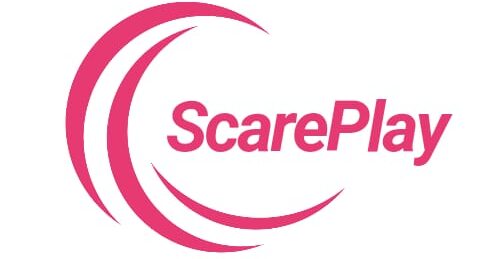In today’s fast-paced business environment, understanding and managing your team effectively is crucial. This is where “meet the team aggregate” becomes a valuable concept. In this article, we’ll delve into what “meet the team aggregate” means, how it can benefit your organization, and how to use it to enhance your team’s performance.
What Does “Meet the Team Aggregate” Mean?
The term “meet the team aggregate” refers to a comprehensive overview or summary of a team’s collective profile. This aggregate typically includes data on individual team members, their skills, performance metrics, and overall contribution to the team’s goals. The purpose is to provide a holistic view of the team, allowing for better management, planning, and decision-making.
Why “Meet the Team Aggregate” Matters
Understanding the “meet the team aggregate” can offer numerous benefits:
- Improved Team Management: By having a clear picture of each team member’s strengths and weaknesses, managers can make informed decisions on task assignments and team composition.
- Enhanced Performance Tracking: Regularly reviewing the team aggregate helps in tracking performance trends, identifying areas for improvement, and recognizing achievements.
- Strategic Planning: With a detailed aggregate, organizations can plan future projects and resources more effectively, ensuring that the team is aligned with the company’s strategic goals.
- Better Communication: Understanding team dynamics and individual profiles fosters better communication and collaboration within the team.
How to Create an Effective “Meet the Team Aggregate”
Creating a useful “meet the team aggregate” involves collecting and analyzing various types of data. Here’s a step-by-step guide to help you get started:
1. Collect Data
Begin by gathering comprehensive data on each team member. This should include:
- Personal Information: Name, role, and contact details.
- Skills and Expertise: List of skills, certifications, and areas of expertise.
- Performance Metrics: Historical data on performance, achievements, and areas for improvement.
- Team Contributions: Information on each member’s contributions to team projects and goals.
2. Analyze the Data
Once you have collected the data, the next step is to analyze it. Look for patterns and trends in the information. Consider the following:
- Skills Inventory: Identify skill gaps and areas where the team excels.
- Performance Trends: Assess performance over time to determine consistent high performers and those who may need additional support.
- Contribution Analysis: Evaluate how individual contributions impact overall team success.
3. Present the Aggregate
Organize the analyzed data into a clear, comprehensive format. This could be a dashboard, a report, or a visual representation such as charts or graphs. Ensure that the information is easy to understand and accessible to all relevant stakeholders.
Best Practices for Utilizing “Meet the Team Aggregate”
To maximize the benefits of your “meet the team aggregate,” follow these best practices:
1. Regular Updates
Keep the aggregate up-to-date with the latest information. Regular updates ensure that the data reflects current team dynamics and performance.
2. Use Data for Decision-Making
Leverage the aggregate to make informed decisions about team management, project assignments, and resource allocation. This helps in aligning team efforts with organizational goals.
3. Foster a Culture of Transparency
Share relevant insights from the aggregate with your team to foster transparency. This can lead to increased motivation and a better understanding of how individual efforts contribute to the team’s success.
4. Address Skill Gaps
Use the aggregate to identify skill gaps and provide targeted training or development opportunities. This helps in enhancing the overall capability of the team.
5. Recognize and Reward
Highlight and reward exceptional performance and contributions. Recognition can boost morale and encourage continued excellence.
Common Challenges and Solutions
While creating and using a “meet the team aggregate” offers many benefits, there are some common challenges you might encounter:
Challenge 1: Data Overload
Solution: Focus on the most relevant data points and present them in a streamlined format to avoid overwhelming users.
Challenge 2: Data Accuracy
Solution: Ensure that the data collection process is thorough and accurate. Regularly verify and update the information to maintain its reliability.
Challenge 3: Resistance to Change
Solution: Communicate the benefits of the aggregate clearly to the team. Involve them in the process to build acceptance and enthusiasm.

Conclusion
“Meet the team aggregate” is a powerful tool for managing and optimizing team performance. By creating a comprehensive overview of your team’s data, you can make better-informed decisions, enhance productivity, and achieve your organizational goals more effectively. Embrace the concept of “meet the team aggregate” and see how it can transform your team’s performance and overall success.
Remember, the key to leveraging the “meet the team aggregate” is to use it as a dynamic tool that evolves with your team’s needs and goals. Regularly updating and analyzing the aggregate will help you stay ahead and maintain a high-performing team.



